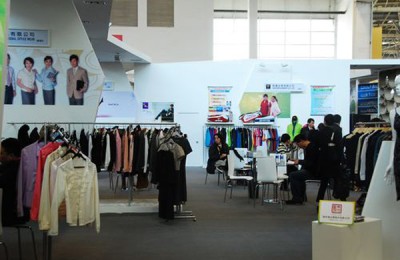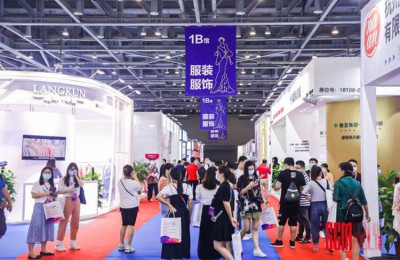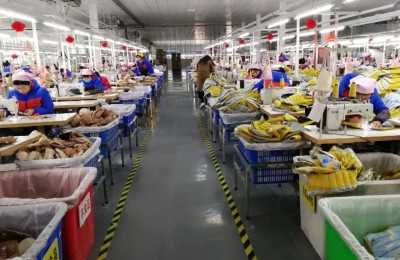After the ACP negotiations failed for many consecutive months, the February negotiations unexpectedly reached an agreement of $705/ton. The main reason for the agreement is that on the one hand, the potential periodic supply and demand mismatch of PX triggers the buyer’s willingness to purchase, and on the other hand, the buyer wants to use ACP negotiations to solidify PTA costs and avoid risks.
1. Periodic supply and demand mismatch triggers buyer’s willingness to purchase;
In 2020, because the growth rate of domestic PX production capacity far exceeded that of TA and upstream naphtha, the contradiction between PX supply and demand increased, and the inventory accumulated throughout the year. Affected by this, PX processing profits were continuously eroded. Eventually, domestic and foreign manufacturers continued to perform maintenance, and faults other than the superimposed device entered the destocking stage in November. Last week, the restart of Zhongjin Petrochemical’s 1.6 million-ton PX unit was delayed by one month due to device failure. The April maintenance plan of Lidong’s 1 million-ton PX unit was advanced. The commissioning of the second phase of Zhejiang Petrochemical’s 4.5-million-ton PX unit was delayed. PX supply was significantly higher than expected. shrink. During the same period, there are 8.4 million tons of equipment on the demand side that are urgently waiting to be put into production, so PX supply and demand will continue to improve in January. This increases the willingness to buy a home.
2. The buyer wants to use ACP negotiations to solidify the cost of PTA.
We believe that the price of US$705/ton given by ACP is close to the high range in the next few months. Mainly because: crude oil still holds a positive view in the medium and long term, but the short-term market has certain uncertainties due to factors such as tightening liquidity and expectations of a stronger U.S. dollar index; the PX processing gap is roughly similar, and there is an expectation of upward recovery in the general direction. However, judging from the overall revenue balance of the reforming device and the processing range of the new device, the upside space is relatively limited.
If crude oil is valued at around US$60 from February to April, and PX is given a valuation of 200-210, then the more optimistic upper limit of PX can be given to 730-740 Dollar.
If ACP fails to achieve results, PTA production costs need to refer to the spot market price. Taking into account the uncertainty of the cost of crude oil and the prominent supply and demand contradiction of TA itself, it is difficult for the absolute price of PTA to continue to rise in the short term. This is contrary to the desire of PTA manufacturers to repair low PTA processing fees.
After the ACP price is reached, the PTA production cost needs to refer to 50% of the ACP price. On the one hand, the PTA production cost is raised upwards, and the PTA cost is solidified, which is beneficial. PTA; on the other hand, PX also has room for further growth. After the ACP is reached, it will also be conducive to the repair of processing fees.
We believe that the conclusion of this ACP negotiation can not only solidify costs through ACP negotiations for the PTA market, but also avoid the upward risks on the cost (crude oil) side. It can also gain a certain profit margin from risks. Affected by this, PTA prices during the Spring Festival may continue the cost-driven logic, and the supply and demand logic is likely to continue to be ignored
</p








